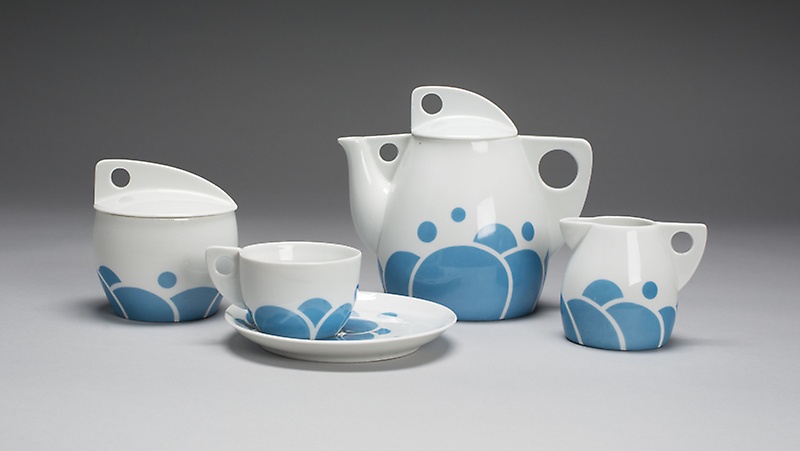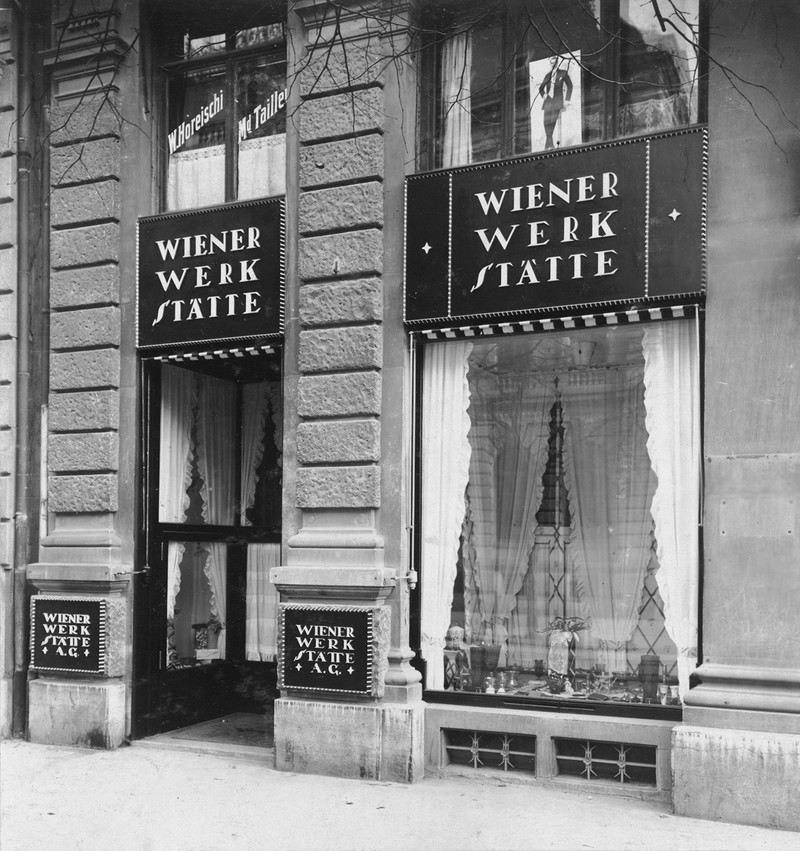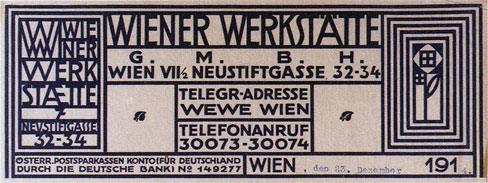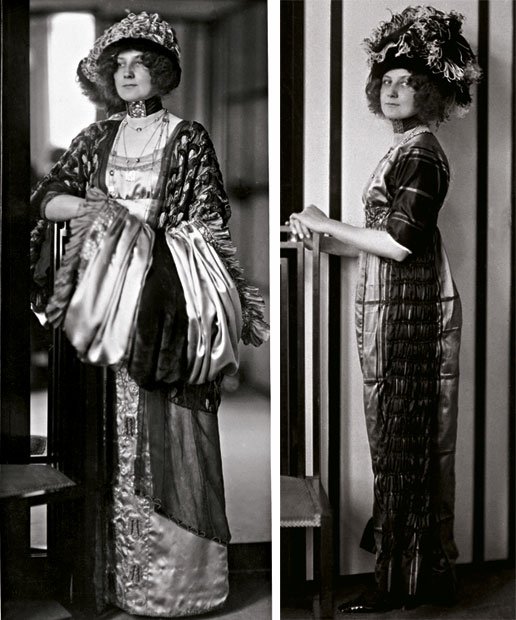Jahangir’s Wine Cups: Mughal Decorative Arts
The Mughal Empire stands as one of history’s most opulent periods known to nurture a rich tapestry of art and architecture that offers a...
Maya M. Tola 14 August 2023
21 February 2022 min Read
Heard of Bauhaus? Yes.
Heard of De Stijl? Yes.
Heard of Wiener Werkstätte? No. No?!
That’s the problem: I hadn’t heard of Wiener Werkstätte either, even though they were the most fashionable and successful Viennese design brands ever. Why is that? Why is mainstream art history oblivious to some of the most innovative exponents of modernism? Is it because of the hierarchy of arts, in which decorative arts stand much lower than painting? Seriously, when I came across their products, I was struck with their innovative and extremely modern forms. Everyone talks about Gustav Klimt, or Egon Schiele, but does anyone ever mention designers?
I’m inviting you to my reconstruction of Wiener Werkstätte workshops. Could you ever tell these designs are a 100 years old?

Does their mission statement sound familiar? Yes, it was modeled on William Morris’ Arts and Crafts Movement, which advocated the exact same thing in Great Britain. It is not surprising though, as both groups retained closed links and exchanged ideas. In 1903, Wiener Werkstätte was officially founded by the architect Josef Hoffmann, the graphic designer and painter Koloman Moser, and the industrialist and patron of the arts Fritz Waerndorfer. It was the first such organization in Austria. Wiener Werkstätte’s modern decorative arts production included furniture, interior design, porcelain and ceramics, glass, jewelry, and fashion.


Surprise, surprise, the Viennese, contrary to the British, did not believe their products would appeal to the masses. They openly maintained that the goods they manufactured were high-quality products for the empire’s socioeconomic elite, who could afford to refine their surroundings and lifestyle. As they declared in 1905:
The limitless harm done in the arts and crafts field by low-quality mass production on the one hand and by the unthinking imitation of old styles on the other is affecting the whole world like some gigantic flood…It would be madness to swim against this tide. Nevertheless we have founded out workshop. Where appropriate we shall try to be decorative without compulsion and not at any price.
Wiener Werkstätte pamphlet, 1905. The Vienna Secession.

As they opposed historic ornament and advocated clear geometric lines instead, they joined the Viennese Secession to rebel against the old Neoclassical style of the Association of Austrian Artists that dominated Vienna. They too, promoted modernity over the old order and function over style (yet, their functional aesthetic was very stylish, wasn’t it?). They believed in the unity of the arts and hence always strove for Gesamtkunstwerk – a total work of art – meaning, for example, a building designed by Hoffman would be decorated with the furniture and glass designs of Moser. The exemplar of Wiener Werkstätte’s Gesamtkunstwerk was the Purkersdorf Sanatorium, built in 1905 in Lower Austria.

Since the Wiener Werkstätte worked in so many areas, it supported and promoted many female artists, even though they were still restricted to working in departments which were assumed to be more feminine, like fashion, ceramics, or textiles. Yet, this restriction was dictated more by the educational situation, since women could only train in the aforementioned workshops. Nevertheless, fashion and textiles became one of the most successful departments of the Wiener Werkstätte, with Emilie Flöge, Klimt’s lover and friend, at the forefront. Soon, all the stylish Viennese women wore her designs.

Why did Wiener Werkstätte cease production in 1932? During almost 30 years of activity (1903-1932), the group constantly struggled with financial problems. The global economic crisis added to their failure, as it impoverished their most prominent buyers: the Viennese middle class. But the bigger question probably is why has the Wiener Werkstätte been forgotten for so many years?
DailyArt Magazine needs your support. Every contribution, however big or small, is very valuable for our future. Thanks to it, we will be able to sustain and grow the Magazine. Thank you for your help!